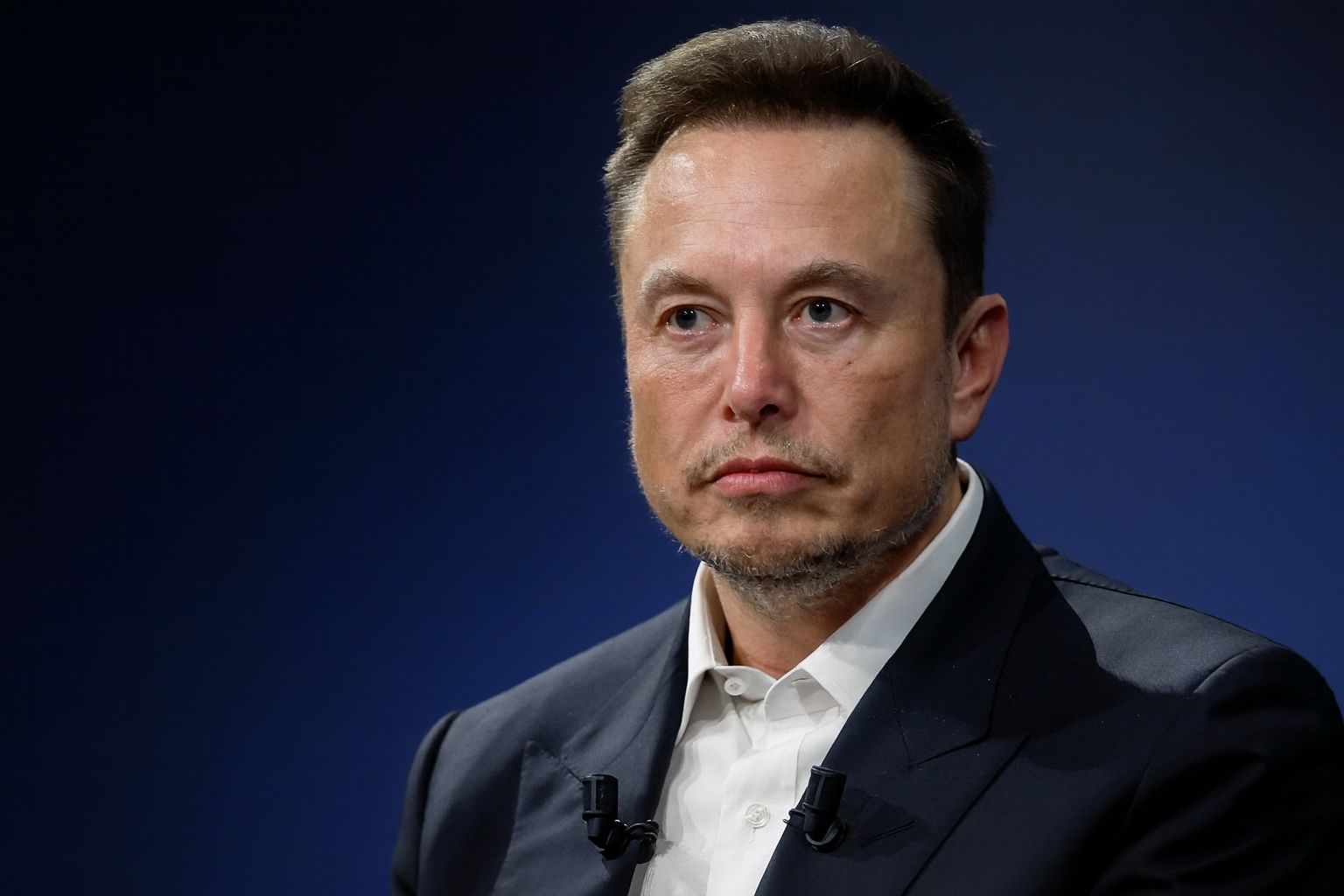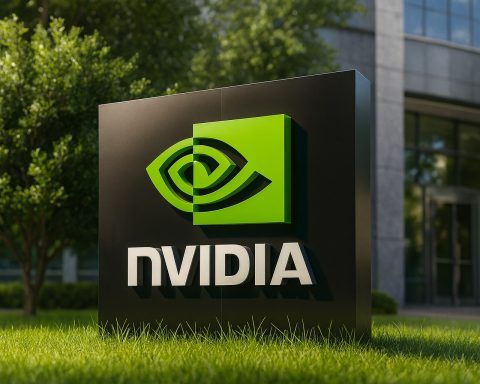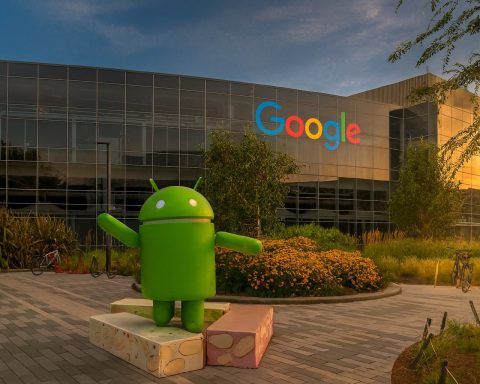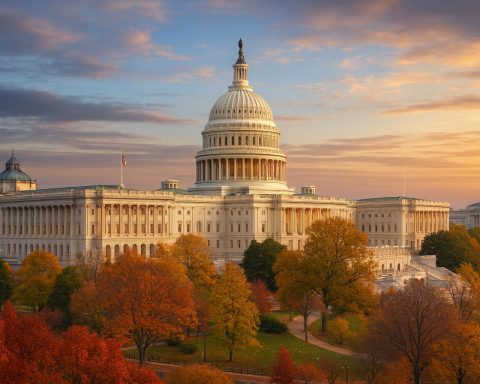Published: November 20, 2025
Elon Musk’s record‑shattering pay at Tesla is back under the microscope — and this time, the biggest threat to the carmaker’s bottom line may not be his newly approved $1 trillion package, but the previous deal that a judge already threw out.
A new analysis from Reuters warns that if Tesla loses its appeal over Musk’s 2018 compensation plan, it could be forced to book around $26 billion in stock‑based expenses over just two years — an accounting hit large enough to wipe out years of reported profits. [1]
At the same time, fresh coverage and interactive tools from The Washington Post and others are helping the public visualize just how extreme Musk’s new compensation really is: roughly $100 billion a year on average, more than the combined annual pay of 1.4 million U.S. elementary school teachers or every cashier in the country. [2]
The result is a firestorm of online reaction — and a serious governance and financial question for Tesla shareholders who must now live with their vote.
How Elon Musk’s new $1 trillion Tesla pay package works
Earlier this month, Tesla shareholders approved what is widely described as the largest CEO pay package in corporate history, a stock‑based plan that could award Musk up to $1 trillion in Tesla shares over the next 10 years, or around $100 billion per year on average if fully earned. [3]
The plan, crafted by Tesla’s board and defended in a letter from chair Robyn Denholm, is built around a series of ambitious targets: [4]
- 12 tranches of stock options, each equal to about 1% of Tesla’s shares
- Market‑value milestones that rise from $2 trillion to $8.5 trillion
- Operational goals tied to autonomous driving, robotaxis and robotics
- Aggressive profit targets measured by earnings before interest, tax, depreciation and amortization (EBITDA), ranging from $50 billion to $400 billion, compared with about $16.6 billion in 2024
On paper, Tesla’s board says Musk gets nothing unless he hits “Mars‑shot” milestones that transform both the company and society. [5]
But a previous Reuters investigation found that Musk could still walk away with tens of billions of dollars by meeting only the easier goals — such as modest growth in vehicle sales and subscriptions to Tesla’s driver‑assist software — even if many of the most futuristic promises never materialize. [6]
In one modeled scenario, simply hitting two relatively achievable product targets alongside a stock‑market valuation of $2.5 trillion could yield Musk more than $26 billion in stock, roughly equal to the lifetime pay of the next eight best‑paid CEOs combined, according to an analysis cited by Reuters. [7]
The 2018 pay package that could erase years of Tesla profits
Today’s new Reuters analysis shifts the spotlight to an earlier, still‑unresolved deal: Musk’s 2018 compensation package, which a Delaware judge invalidated in a shareholder lawsuit earlier this year. [8]
Tesla has appealed that ruling to the Delaware Supreme Court. What the court decides now carries enormous financial consequences:
- If Tesla wins the appeal, Musk keeps the 2018 stock options, and the company avoids a new accounting hit. Those options were valued at about $56 billion when he met the performance targets in 2022, and are now worth around $116 billion at today’s share price. [9]
- If Tesla loses, the company has already promised Musk a replacement package based on its much higher 2025 stock price, which would be valued at roughly $26 billion. Accounting rules would force Tesla to recognize that as an expense over eight quarters. [10]
Spread out over two years, that means roughly $3.25 billion in stock‑compensation expense per quarter — more than Tesla’s net income in all but four of its last 25 quarters since first turning profitable in 2019. [11]
In other words, if the appeal fails, reported profits could largely vanish for two full years, even if cash flow remains positive.
One compensation scholar told Reuters that such a huge CEO‑driven earnings hit shows the board is not acting with “reasonable fiduciary practices,” arguing that the structure effectively channels a massive amount of shareholder value to Musk through stock awards. [12]
A Los Angeles corporate finance lawyer quoted in the same piece warned that large stock awards dilute existing shareholders’ stakes, and said that in most companies this kind of profit hit would crush the valuation — but Tesla trades in what he described as a “fantasy‑land” driven more by Musk’s promises of robotaxis and humanoid robots than by traditional fundamentals. [13]
Tesla and Musk did not respond to Reuters’ requests for comment on the latest analysis. [14]
Why non‑cash stock compensation still matters for investors
Tesla’s board emphasizes that stock‑based compensation does not cost cash: the company isn’t handing Musk billions in bank transfers, but issuing him shares that it could otherwise have sold to the public. [15]
From an accounting perspective, though, this matters a lot:
- The $26 billion replacement cost for the 2018 plan would slash reported net income, making Tesla look far less profitable on paper. [16]
- Earnings‑per‑share (EPS) would be hit twice: once by the expense, and again by the dilution from issuing more shares to Musk. [17]
- If Musk meets a series of milestones in the new trillion‑dollar deal, Tesla will record additional billions in stock‑compensation expenses over the next decade. [18]
For many mature companies, CEO pay is too small to move the needle on profits. In Tesla’s case, Musk’s packages are so large that they can dominate the income statement — especially now that the EV business is under pressure from falling sales, fading subsidies and rising costs tied to high‑risk bets like humanoid robots and autonomous driving. [19]
That leaves investors in a strange position: Tesla remains one of the world’s most valuable automakers, but its reported earnings in the coming years could be heavily shaped not by cars sold or robots deployed, but by how courts and accountants treat Musk’s pay.
What $100 billion a year really looks like
Even by the inflated standards of CEO compensation, Musk’s new package exists in another universe — and media outlets have scrambled this week to help readers grasp the scale.
More than every elementary school teacher in America
An interactive feature from The Washington Post calculates that Musk’s average annual pay under the new package, about $100 billion per year, would exceed the combined salaries of roughly 1.4 million U.S. elementary school teachers by around $3 billion a year. [20]
The analysis uses U.S. Bureau of Labor Statistics wage and employment data and treats the $1 trillion package as pay spread evenly across a decade. [21]
Equal to entire professions
The same tool shows that Musk’s projected yearly compensation also roughly matches or outstrips: [22]
- The combined annual pay of 3.2 million cashiers in the United States
- Total earnings of about 917,000 human‑resources specialists, whose pay falls nearly $26.7 billion short of Musk’s expected annual figure
A separate explainer from climate‑focused site The Cool Down highlights those comparisons and notes that Tesla shareholders’ approval of the package effectively sets Musk on a path to becoming the world’s first trillionaire, while also reminding readers that his companies have benefited from substantial government contracts and subsidies. [23]
Americans react: outrage, memes and a deeper debate about capitalism
Not surprisingly, those comparisons have exploded across social media.
A Yahoo News story — headlined with the observation that Americans were “losing their minds” after learning Musk could earn more in a year than all U.S. grade‑school teachers combined — captures the visceral reaction many people shared online. [24]
Coverage from Indian business outlet Moneycontrol collected posts from X (formerly Twitter) and other platforms. The most common themes: [25]
- Anger at the contrast with teachers and other essential workers. Many users argued that educators “do more work for far less” and saw the pay package as proof that society undervalues public‑serving professions while rewarding billionaire executives.
- Critiques of the economic system, not just Musk. Commenters described the outcome as a symptom of a system that “prioritizes profits over people,” with some calling billionaire and potential trillionaire fortunes a sign of structural failure, not personal success.
- Frustration over missed opportunities. Others pointed out that a fraction of $100 billion a year could transform public education, fund climate solutions or reduce hunger — yet remains concentrated in one person’s potential stock grants.
At the same time, there was a vocal defense of Musk:
- Supporters argued that Musk’s companies — from Tesla to SpaceX — have created massive value, jobs and technological progress, and that such pay reflects his unique impact. [26]
- Some pointed out that Musk has previously paid very large tax bills in single years and insisted that critics overlook how much he contributes to government coffers. [27]
- Others framed the outrage as jealousy or ignorance of risk‑taking entrepreneurship, stressing that no teacher or typical worker is responsible for simultaneously running several global companies. [28]
In other words, the Musk package has become a Rorschach test for views on wealth, merit and capitalism itself — with the Washington Post’s side‑by‑side income comparisons serving as a kind of conversation starter.
Investor backlash and governance worries haven’t gone away
While most retail investors and many Tesla fans backed the deal, some of the world’s biggest institutions were openly skeptical even before the latest Reuters analysis.
- Norway’s sovereign wealth fund, one of Tesla’s largest shareholders, said ahead of the vote that it would oppose the package, citing concerns about its scale and the dilution it could cause. [29]
- Corporate‑governance experts interviewed by Reuters have warned that tying so much of Tesla’s future to a single individual gives Musk a “monopoly” on the CEO role and weakens the board’s leverage to hold him accountable. [30]
In an October letter to shareholders, Tesla chair Robyn Denholm argued that the package was necessary to retain and motivate Musk for at least seven and a half more years, calling his leadership “critical” as Tesla tries to reinvent itself as an artificial‑intelligence and robotics powerhouse. She warned that without a plan that properly incentivizes him, the company could lose his “time, talent and vision.” [31]
That letter, combined with Musk’s own public hints that he might focus more on other ventures if he doesn’t receive sufficient voting control at Tesla, put shareholders in a bind: approve the megadeal, or risk the CEO walking away.
The approval vote on November 6 gave Musk what he wanted. [32]
But as today’s Reuters analysis makes clear, the consequences of that decision — plus the unresolved 2018 plan — are only now coming into focus on the income statement.
What’s next: a key Delaware decision and years of earnings risk
Several major questions now hang over Tesla and its investors:
- How will the Delaware Supreme Court rule on the 2018 package?
- If it upholds the lower court’s ruling, Tesla must proceed with the richer replacement grant to Musk, booking around $26 billion in expenses by August 2027. [33]
- If it reverses the decision, Musk keeps the old options, Tesla avoids new stock‑compensation charges — but critics will see it as a green light for ultra‑concentrated CEO pay deals.
- Can Tesla’s underlying business catch up to the hype?
The new plan’s hardest targets involve boosting profits many times over current levels, even as Tesla faces aging models, fierce EV competition and a flop with the Cybertruck, according to prior Reuters reporting. [34]
If Musk fails to deliver robotaxis, humanoid robots and a step‑change in earnings, investors may be stuck with a diluted stake and weaker profitability. - Will markets keep ignoring fundamentals?
So far, Tesla’s valuation has often shrugged off earnings swings, trading instead on faith in Musk’s next breakthrough. As of Thursday, Tesla shares were trading around $404, with markets still digesting the pay news and legal overhang. [35]
But if stock‑compensation charges drive reported profits sharply lower, some analysts worry that even Tesla’s long‑suffering skeptics could finally be proven right. [36]
The bottom line
On November 20, 2025, the story of Elon Musk’s pay at Tesla is no longer just about a speculative trillion‑dollar future. It is also about a very concrete, very near‑term risk: a possible $26 billion accounting bomb linked to a pay package from the past.
At the same time, a wave of coverage — from Reuters’ financial analysis to the Washington Post’s viral pay comparison graphic and follow‑ups across outlets like Yahoo News, The Cool Down and Moneycontrol — is forcing a wider public reckoning over what kind of rewards one person can, or should, reap from a public company. [37]
Whether investors ultimately see the Musk megadeal as visionary alignment or a historic transfer of wealth may depend less on today’s outrage and more on what Tesla actually delivers — in profits, products and, sooner than anyone expected, in court.
References
1. www.reuters.com, 2. www.washingtonpost.com, 3. www.washingtonpost.com, 4. www.reuters.com, 5. www.reuters.com, 6. www.reuters.com, 7. www.reuters.com, 8. www.reuters.com, 9. www.reuters.com, 10. www.reuters.com, 11. www.reuters.com, 12. www.reuters.com, 13. www.reuters.com, 14. www.reuters.com, 15. www.reuters.com, 16. www.reuters.com, 17. www.reuters.com, 18. www.reuters.com, 19. www.reuters.com, 20. www.washingtonpost.com, 21. www.washingtonpost.com, 22. www.washingtonpost.com, 23. www.thecooldown.com, 24. uk.news.yahoo.com, 25. www.moneycontrol.com, 26. www.moneycontrol.com, 27. www.moneycontrol.com, 28. www.moneycontrol.com, 29. www.washingtonpost.com, 30. www.reuters.com, 31. www.reuters.com, 32. www.washingtonpost.com, 33. www.reuters.com, 34. www.reuters.com, 35. www.google.com, 36. www.reuters.com, 37. www.reuters.com










